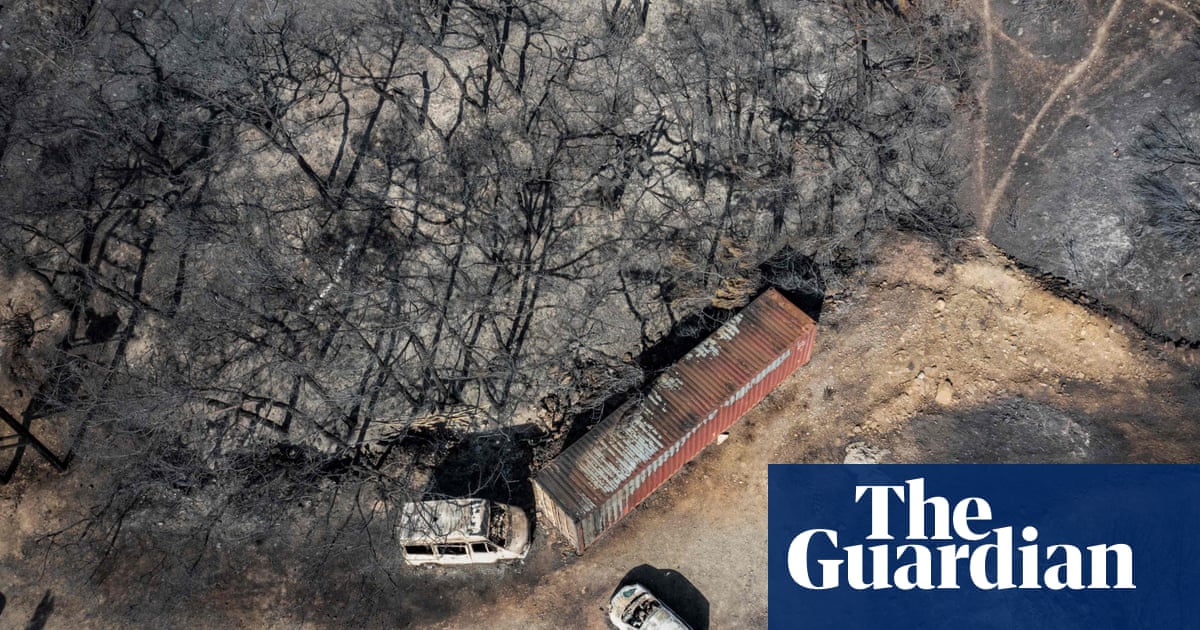The Future of Green Living: Trends and Innovations to Watch
Green living is more than just a passing trend – it’s a way of life that is here to stay. As we look towards the future, it’s important to keep an eye on the latest trends and innovations in sustainable living. From eco-friendly technology to innovative design, there are a number of exciting developments that are shaping the future of green living.
One key trend to watch is the rise of renewable energy sources. According to experts at the International Renewable Energy Agency, the use of renewable energy is expected to continue to grow in the coming years. This includes solar, wind, and hydroelectric power, which are all becoming more affordable and accessible options for homeowners and businesses alike.
In addition to renewable energy, another important trend to watch is the growing popularity of sustainable transportation options. From electric cars to public transportation systems powered by renewable energy, there are a number of innovative solutions that are helping to reduce our carbon footprint. As environmental activist Greta Thunberg puts it, “The future of green living depends on our ability to embrace sustainable transportation options.”
When it comes to green living, innovation is key. From eco-friendly building materials to smart home technology that helps us reduce our energy consumption, there are a number of exciting developments that are helping to make sustainable living more accessible and affordable for everyone. As architect and designer William McDonough says, “The future of green living is all about finding creative solutions to our environmental challenges.”
As we look towards the future of green living, it’s important to stay informed and educated about the latest trends and innovations. By staying up to date on the latest developments in sustainable living, we can all do our part to help protect the planet for future generations. To learn more about sustainable living and how you can make a difference, visit Planetary Citizens and join the movement towards a greener future.
References:
– International Renewable Energy Agency: https://www.irena.org/
– Greta Thunberg: https://www.gretathunberg.org/
– William McDonough: http://www.mcdonoughpartners.com/
Sustainable living
